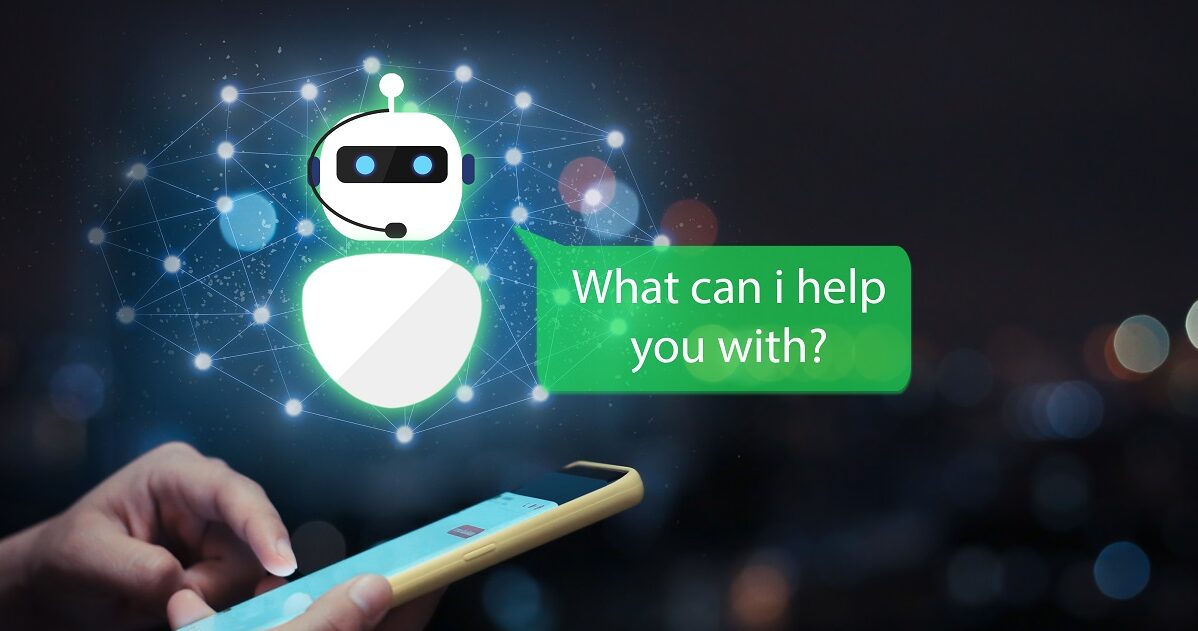
If you change the way you look at things, the things you look at change.
Wayne Dyer
Humanizing Robots: How Emotional AI is Bridging the Gap
As technology continues to advance, the integration of emotional intelligence into robots is revolutionizing various fields, including caregiving, education, and customer service. Emotional AI enables robots to recognize and respond to human emotions, fostering more meaningful interactions. This blog explores how these advancements are enhancing human experiences in critical areas of life.
Enhancing Caregiving with Emotional AI
Emotional interaction robots are making significant strides in the caregiving sector, particularly for the elderly and individuals with special needs. These robots are designed to provide companionship and support, addressing the growing issue of social isolation.
1. Companionship: Robots equipped with emotional intelligence can engage in conversations, share jokes, and offer comfort, helping to alleviate feelings of loneliness among seniors. For instance, companion care robots can remind users to take their medication while providing emotional support during difficult times1.
2. Therapeutic Support: In therapeutic settings, emotional AI robots can assist in therapy sessions by recognizing emotional cues and responding appropriately. They can help children with autism develop social skills and provide a non-judgmental presence for individuals dealing with trauma or anxiety.
3. Monitoring Well-being: These robots can also monitor users’ emotional states through facial recognition and voice analysis, alerting caregivers if signs of distress or changes in mood are detected. This proactive approach enhances patient care by allowing for timely interventions.
Transforming Education Through Emotional Intelligence
In educational environments, emotional AI is being utilized to create supportive learning experiences tailored to students’ emotional needs.
1. Personalized Learning: Robots equipped with emotional recognition capabilities can assess students’ feelings during lessons. By analyzing facial expressions and voice tones, they can determine when a student is confused or frustrated and adjust the teaching methods accordingly. This adaptability promotes a more effective learning environment.
2. Support for Special Needs: Emotional AI tools can be particularly beneficial for children with special needs, helping them recognize and understand emotions in themselves and others. This support fosters social interaction and emotional development in a controlled setting.
3. Mental Health Monitoring: Educational institutions are increasingly using emotion AI applications to monitor students’ mental health. By detecting signs of stress or anxiety, these tools can provide timely resources and interventions to promote well-being.
Revolutionizing Customer Service
The customer service industry is also experiencing a transformation through the use of emotionally intelligent robots. By understanding customer emotions, these robots can enhance user experiences significantly.
1. Empathetic Interactions: Emotional AI chatbots are capable of detecting frustration or satisfaction in customer communications. By responding empathetically, these bots can diffuse tense situations and provide tailored solutions that improve customer satisfaction. For example, if a customer expresses confusion during an online shopping experience, the chatbot can offer personalized assistance or reassurance.
2. Building Trust: The ability of robots to simulate emotions such as joy or empathy fosters trust between customers and service providers. This trust is crucial for building long-term relationships and enhancing brand loyalty.
3. Data-Driven Insights: By analyzing customer interactions through emotional AI systems, businesses gain valuable insights into consumer behavior and preferences. This data enables companies to refine their services and create more engaging customer experiences.
Conclusion
The integration of emotional intelligence into robotics is bridging the gap between humans and machines across various sectors. From enhancing caregiving and education to revolutionizing customer service, emotionally intelligent robots are transforming how we interact with technology.While challenges remain regarding ethical considerations and the extent of emotional dependency on robots, the potential benefits of these advancements are immense. As we continue to explore the capabilities of emotional AI, we move closer to a future where technology not only serves us but also understands us—creating deeper connections that enrich our lives.



